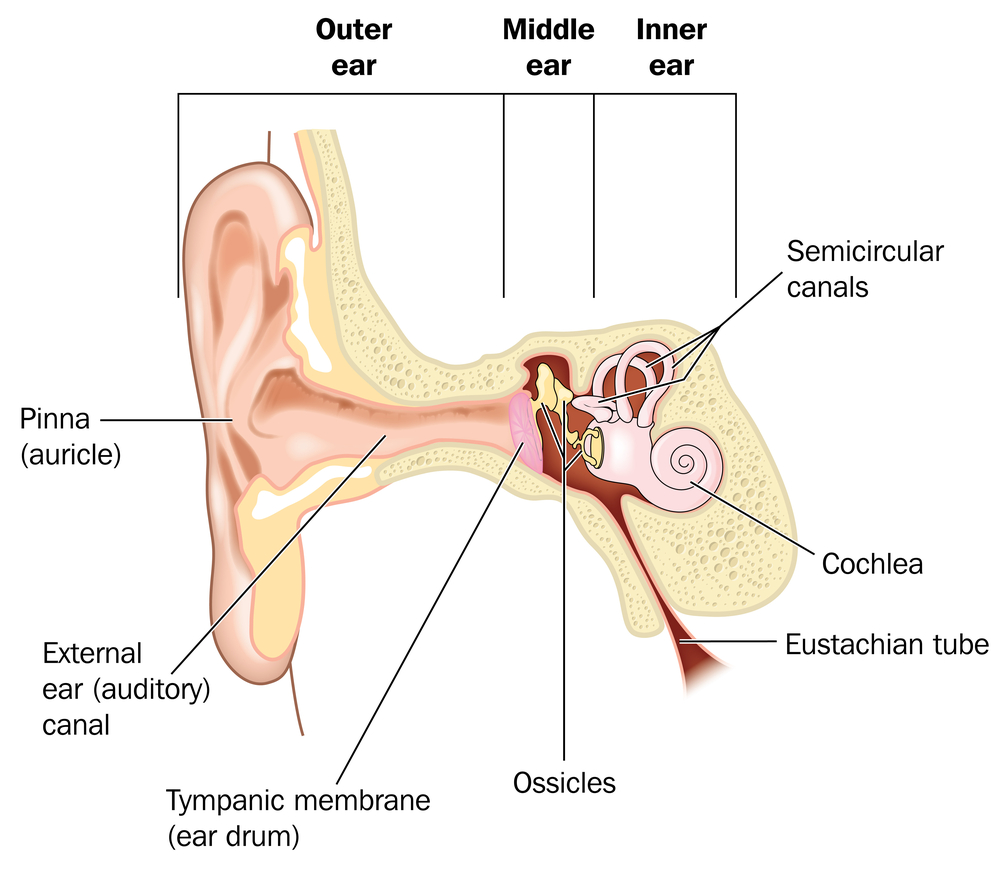Astronauts get it in space, as do passengers when riding in trains and cars. And some of the latest gaming technology has created new entrants to Club Queasy: virtual reality enthusiasts.
While, of course, it's not guaranteed that everyone involved in these activities will be afflicted, what is known is that motion sickness is a very common condition.
Other than halting the activity or ceasing movement – which frequently is not an option – this stomach unease doesn't have a definitive cure. So what we're left with are ways to limit, or manage, the queasiness while in "motion."
And while we all know of those who get carsick, we're now seeing how much of an impact motion sickness is having on people who are involved with VR technology and wear their headsets. "VR sickness," as it's called by participants, is such a problem industry leaders are fearful that if it's not addressed it will significantly limit future sales in the multi-billion dollar gaming sector.
But let's start with the basics of motion sickness. What is it, and what are the ways to deal with it?
 For the most part, the sickness emerges when your senses are mismatched – what you're seeing does not correspond to the other senses that help maintain your balance. In technical circles, the condition is said to be caused by a "retinal slip," which is when you're looking at images in motion, and they blur. That blurring, or "slipping" images on the retina, doesn't correspond to what the inner ear is sensing. The brain then gets confused; sickness ensues.
For the most part, the sickness emerges when your senses are mismatched – what you're seeing does not correspond to the other senses that help maintain your balance. In technical circles, the condition is said to be caused by a "retinal slip," which is when you're looking at images in motion, and they blur. That blurring, or "slipping" images on the retina, doesn't correspond to what the inner ear is sensing. The brain then gets confused; sickness ensues.
There are no precise figures on the percentages of Americans affected, because it's almost always self-treated and not reported, and the nausea usually subsides when the motion stops.
Everyone and anyone is susceptible, it just depends on how sensitive a stomach you have. Some always get it; others never feel nauseous. And it's widely held that, in general, women are more susceptible to motion sickness than men.
If you're easily affected, don't feel bad. It's common. Roughly 70 percent of astronauts taking part in space missions are hampered by motion sickness, according to Millard Reschke, NASA's chief of neuroscience at the Johnson Space Center.
So if you're feeling the nausea emerging, what should you do?
To begin with attempt to realign your senses – starting with re-setting your sights. Literally. Replace the blurring images, or whatever you're seeing that's mismatched to your sense of balance (like if you're staring at the walls of a cabin below deck at sea). You can do that by focusing on a fixed point on the horizon – so if you're in the back seat of a car move to the front and look straight ahead, or if on a boat, head topside.
Another remedies that have been known to help: "eat dry crackers or drink a carbonated beverage." And there's also medicine you can take, the CDC states, but it recommends consulting your doctor first. For other tips on how to lessen the impact of motion sickness, here are some from the Mayo Clinic.




